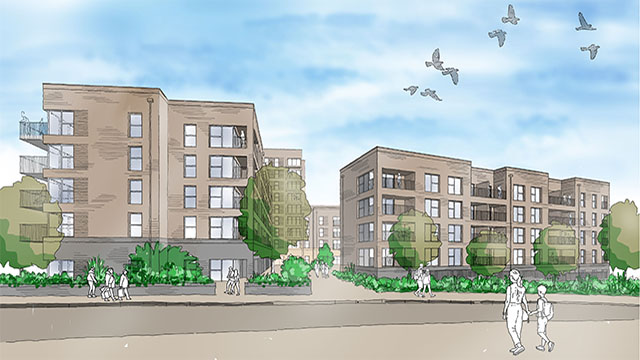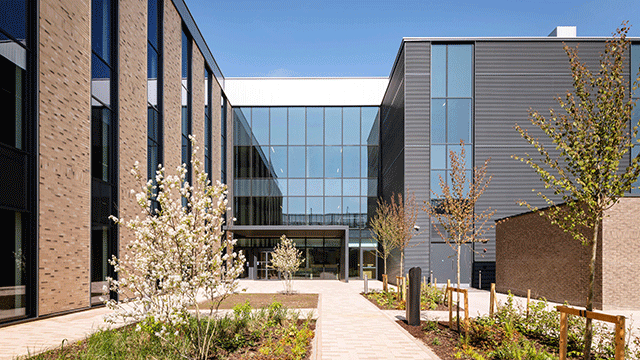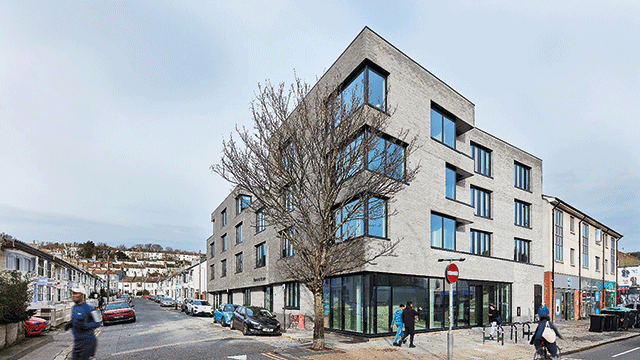The world’s top scientists have made it clear. The effects of climate change are growing and will steadily worsen in the years ahead. Even if we stop producing greenhouse gases tomorrow, the consequences of those we have already produced and that are polluting the atmosphere will endure well beyond the lives of our grandchildren. The number of natural catastrophes – floods, storms and droughts – has already doubled since 1980 and the pace is accelerating.
The way we design and build our offices and homes in the future will be directly influenced by the effects of climate change here and across Europe.
The buildings of Rome, London and Paris, designed for more temperate weather, will have to get used to climatic patterns more akin to those of Hong Kong, where gusts of wind can blow windows out of skyscrapers and rains can wash buildings down hillsides. According to Insurance Australia Group, an increase in wind speed of just 25% can cause a 650% increase in building damage.
Lessons for the UK
With recent floods submerging large parts of the UK, what lessons can be learnt from around the world? In New Orleans, the Float House does exactly what its name suggests. Its foam-filled concrete base rises above the flood waters, sliding around two anchored posts, with the plumbing and power cables coming along for the ride. In Brisbane many traditional “Queenslander” bungalows are now being rebuilt to resemble gigantic oblong spiders, propped atop 3m-long steel-frame stilts. In New York, the authorities are considering water-absorbing pavements to improve run-off but they are more concerned about what more rainfall will do to the 20% of buildings constructed on landfill.
Dealing with frequent and more serious flooding has already become one of the biggest challenges facing building designers in many parts of the world. It is, however, far from the only challenge in a sector that is especially vulnerable to the consequences of climate change. Buildings designed to survive many decades in one climatic zone now face the prospect of enduring many decades in another.
The heat is on
As temperatures rise – and the average 2ºC global rise expected in the coming years means very much higher average temperatures – cooling systems and external building surfaces will be put under much greater strain than today. Combined with more frequent storms and higher humidity, cladding and fasteners will need more frequent repair. Stone will crack and crumble more readily, while foundations will be weakened by the nasty combination of higher rainfall and longer droughts.
As southern temperature zones creep slowly north, they will bring with them more and different species of beetle, fungi and bugs. In coastal areas, the damage will come from more corrosive sea spray as well as higher tides.
If all this sounds a little far-fetched, take a little time to look at the latest report from the IPCC published this month.
It is scary stuff, and not just because of what these changes mean for building maintenance, construction and insurance costs.
Graeme Maxton, author and future economist











